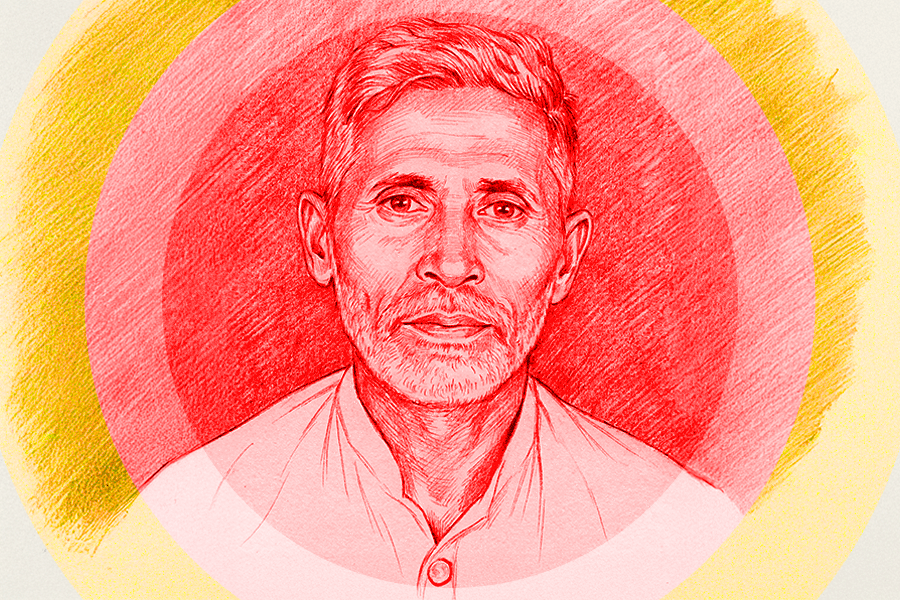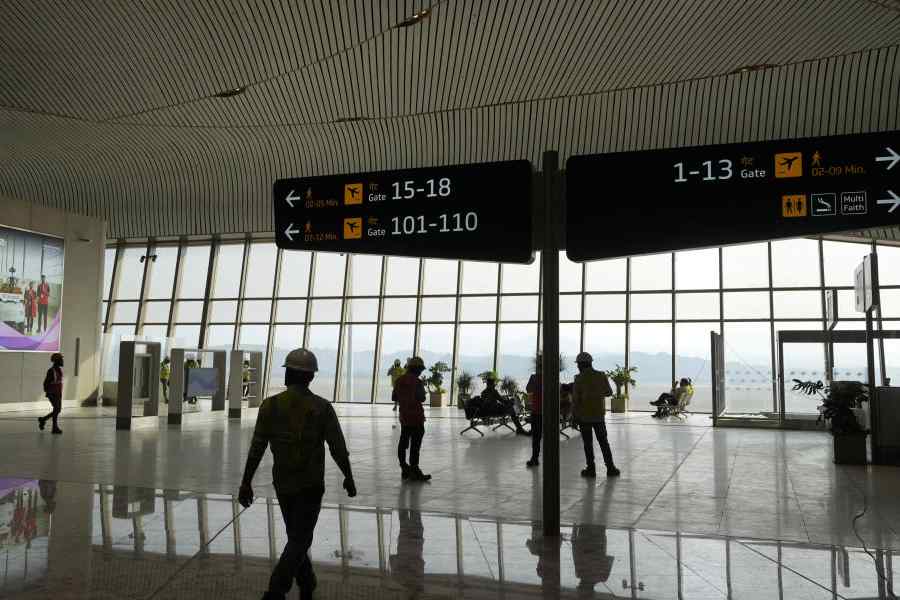 |
| STANDING TALL: Four Seasons Private Residences in Bangalore; (right) a bedroom in one of its apartments |
The Four Seasons Hotels are like a second home for Sahil Vaz. “This is the only hotel I stay in when I am travelling overseas,” says the 32-year old research and development executive at the Bangalore-based multinational, Global Nutrition. And with a one-foot-in-India-and-one-out work life, Vaz spends substantial time living out of suitcases.
By next year, Four Seasons will be Vaz’s first home as well. He has bought a penthouse at the Four Seasons Hotel and Private Residences, launched in Bangalore in January this year. Vaz’s new duplex home will be located in a 30-storey tower that will house the hotel along with residential apartments.
Home owners can enjoy the privileges of the hotel’s services — including in-residence dining, housekeeping and concierge assistance — sitting in their private living rooms. “I won’t have the headache of dealing with cooks and domestic helpers any more. I can just call for cleaning or dinner,” says Vaz, who has shelled out Rs 30,000 for every square foot of space he’s bought in his new trophy home. “It’s twice as expensive as other comparable luxury apartments. But the Four Seasons brand swung the decision for me,” he adds.
Prada and Porsche are, clearly, passé. Brand-savvy Indians are now shopping for homes with designer labels. “It is the new lifestyle statement. Such homes sell on the strength of their evolved amenities and the snob value that the designer name tag offers,” says Om Ahuja, chief executive officer (CEO), residential services, real estate consultancy Jones Lang LaSalle, India.
Take the Four Seasons Hotel and Private Residences. The 6.5-acre complex will house single floor and duplex apartments, along with the 230-room Four Seasons Hotel, plunge pools, restaurants, coffee shops, a fitness centre, a media room and even a wine chamber.
Every apartment is a home-cum-hotel. “Residents will have full signing privileges at the restaurants and spa,” says Vinay Kapoor, CEO, Westcourt, the company constructing the complex. “The biggest advantage of branded residences is the convenience of hotel-like services they offer,” he adds.
 |
The luxury of ordering bed tea over the intercom, of course, comes at a price. The apartments cost between Rs 4 crore and Rs 10 crore. “Globally, branded hotel residences are priced 25 to 40 per cent higher than homes with similar specifications,” says Kapoor.
But that, clearly, isn’t stopping this market segment from growing. The Four Seasons, for instance, isn’t the only hotel-home on offer in Bangalore. Another city builder, Nitesh Estates, is scouting for a hospitality partner to co-brand a similar, fully-loaded residential complex. “The project is in the pipeline,” says chief operating officer Ashwini Kumar. “Branded homes are becoming a choice acquisition. Rich Indians want to flaunt off-beat luxury products.”
In Mumbai, Oberoi Realty is in talks with hotel groups for building a branded home complex in Worli. In 2008, The Marriott Hotel tied up with Bangalore’s Prestige Builders to build the Prestige Golfshire residential complex in the city. Spread across 275 acres, the gated community will boast luxury villas — each with a private swimming pool — the 300-bed Marriott hotel, a private lake and an 18-hole championship golf course.
For Golfshire residents, Marriott’s services will be a phone call away. “Home owners can use the hotel facilities, including room service, its infinity pools, coffee shops and speciality restaurants,” says Anand Kute, head, sales and operations, Prestige Group.
Kute believes branded homes are the latest luxury fad on the high networth Indian’s wish list. “The luxury market is gaining momentum in India. This has created a demand for designer houses. People want novel, innovative amenities to be a part of their homes,” he says.
Super luxury housing comprises five per cent of the overall residential real estate market in urban India. “It’s a niche market and its buyers are an exclusive, very rich set. Also, demand for such homes is directly wired into the wealth-creation potential of the economy,” says Ahuja of Jones Lang LaSalle.
For the growing numbers of newly rich Indians, these trophy homes are a symbol of having arrived among the global swish-set, says Sagar Chordia, director, Panchshil Developers, Pune. “With rising incomes, the influx of luxury brands and more people travelling overseas, Indians have become aware of how they live. They have higher aspirations and want to live in style,” he adds.
Not surprisingly, construction companies are going all out to meet this new lifestyle requirement. If it’s not hospitality brands, then builders are bringing designer names on board — spanning from Armani and Jade Jagger to Twinkle Khanna — to appeal to the new Indian style quotient.
Film actor-turned-interior designer Twinkle Khanna is the face of Panchshil Developers’ upcoming residential project, One North, in Pune. “Khanna is our design partner. She has created three style palettes for the apartments,” says Chordia. The homes cost upwards of Rs 3 crore. Customers seeking exclusivity can also get their apartments personally designed by Khanna for an additional fee.
For the more internationally initiated, Panchshil has roped in New York-based designer Philippe Starck to develop Yoopune — a Rs 100-crore property in the city.
In Mumbai, the Lodha Builders’ upcoming luxury residential projects come dripping with designer star power. In the pipeline are the World One Armani signature homes, which the company is scheduled to construct in collaboration with the global fashion brand.
In May this year, Lodha launched a 400-apartment complex — The Lodha Fiorenza — with interiors planned by Jade Jagger, rocker Mick Jagger’s designer daughter. Comprising apartments and sky villas, the Fiorenza is built over an area of one million square feet and offers amenities such as an infinity-edged cantilever swimming pool, a rooftop observatory and a designer party lounge at a height of 600 feet.
“It’s all about fashionable living,” says Samujjwal Ghosh, senior vice-president, marketing, Lodha Group. “Increasing international exposure and the growing numbers of non-resident Indians have made the rich set tuned to an international way of living. Also, Indians have become very brand conscious,” adds Ghosh.
But power branding does not necessarily translate into spiralling sales, believes Kingshuk Pandit, proprietor, India Land Investment, a New Delhi-based real estate consultancy. “In the super-luxury housing segment, the location, quality of construction and amenities matter the most. A customer’s decision to buy a home is influenced by the extra value he gets and not the extra branding,” says Pandit.
And not everything about a home-hotel cocktail is seemingly attractive. Sahil Vaz may have booked a penthouse at Bangalore’s Four Seasons Private Residences, but he doesn’t plan to live there when he has a family. “Though the apartment’s services will save me the hassles of cooking and cleaning, it will not be my permanent home. I don’t want my children to grow up in a hotel,” he says.











